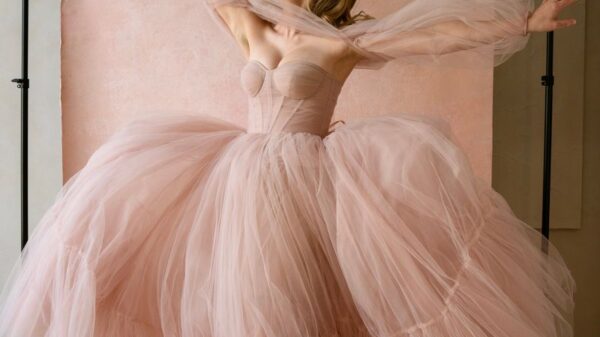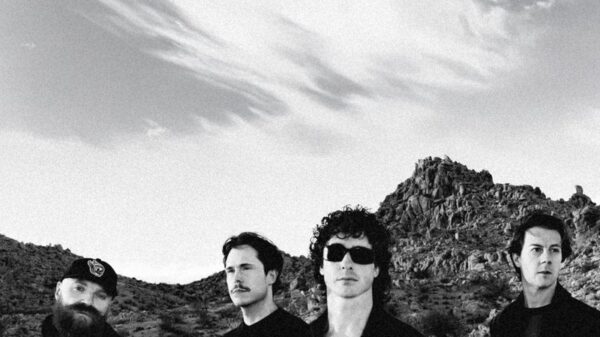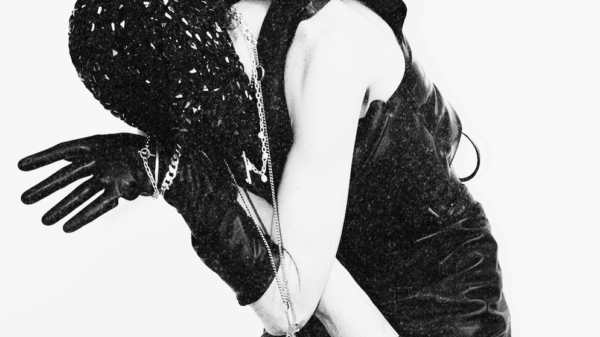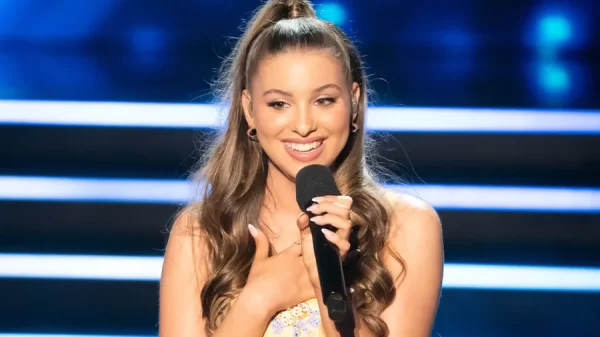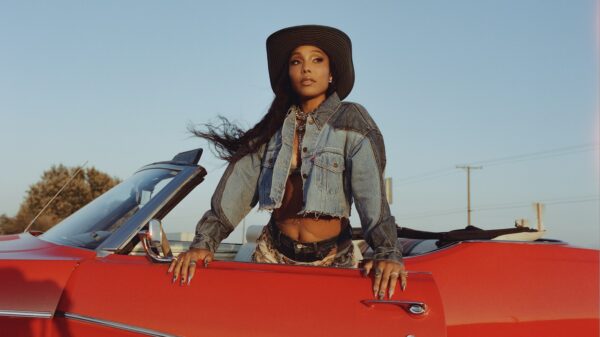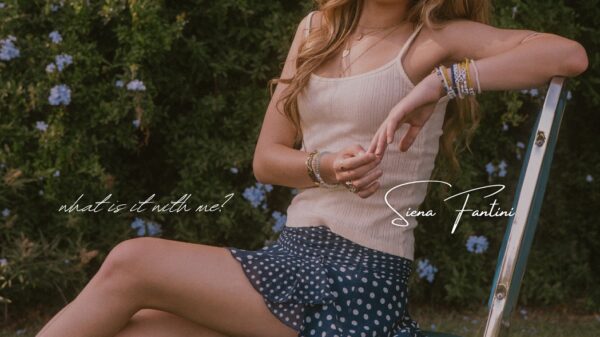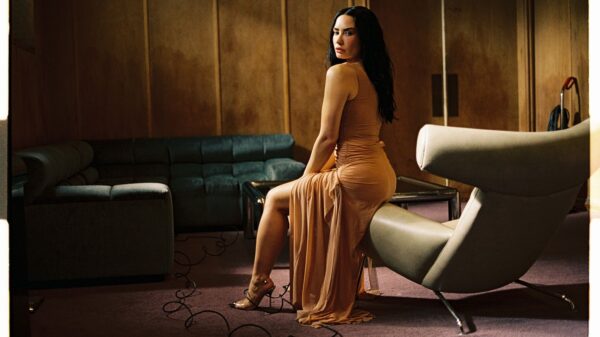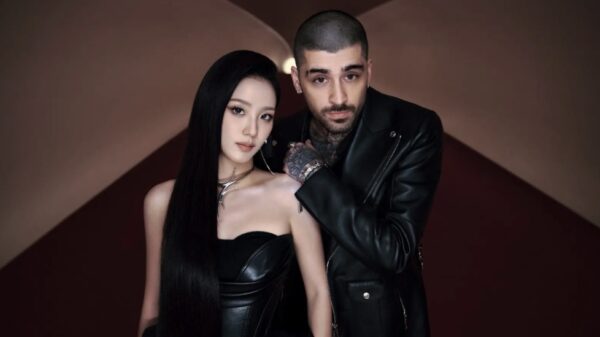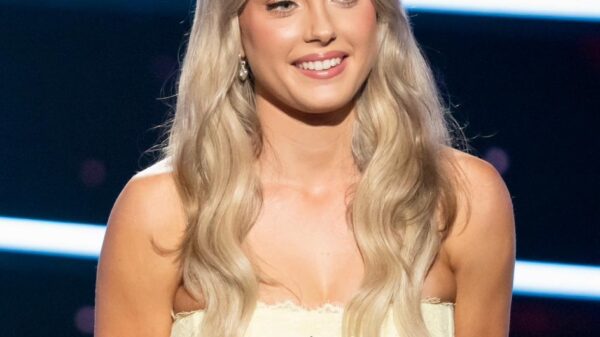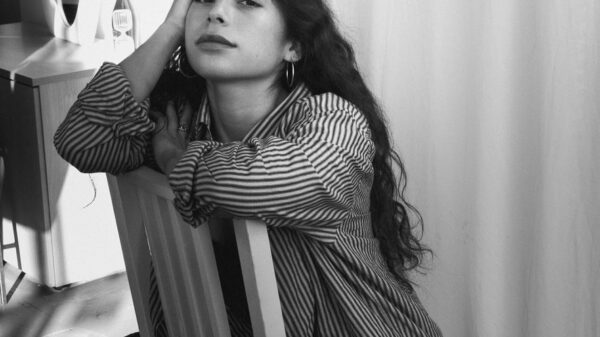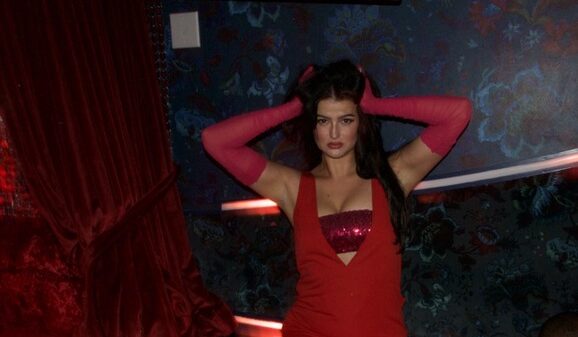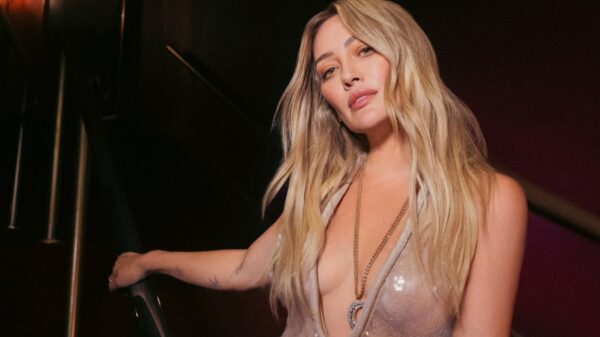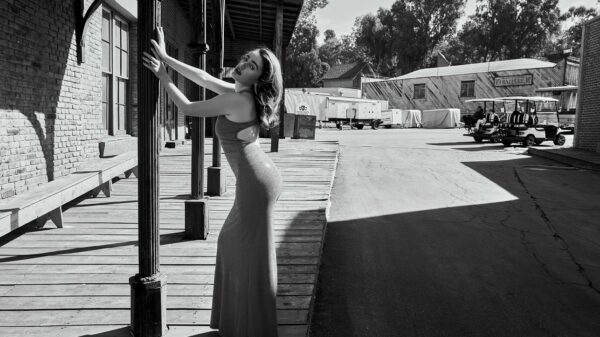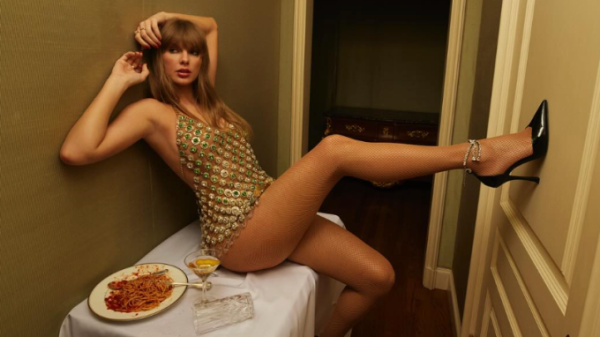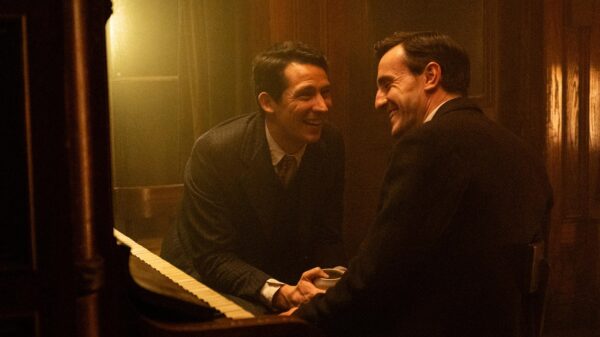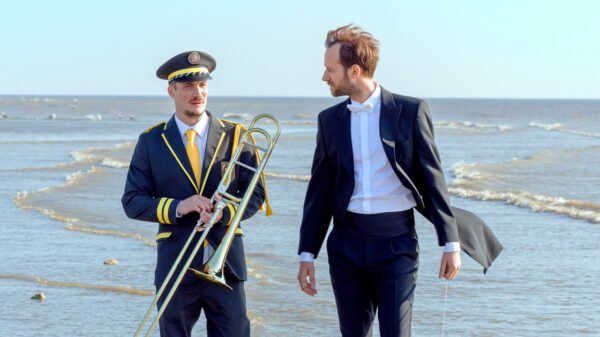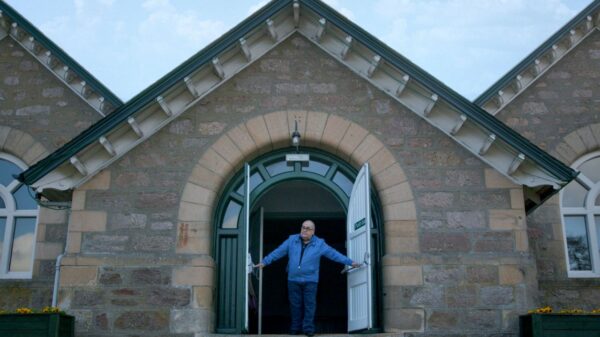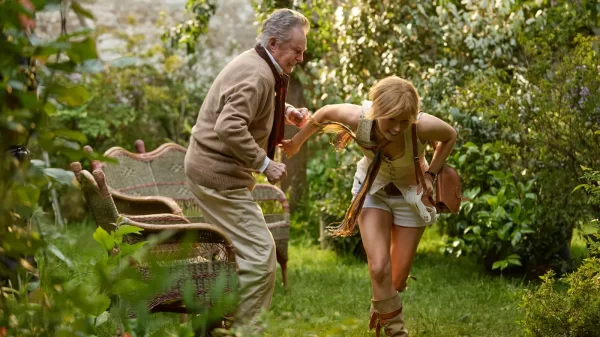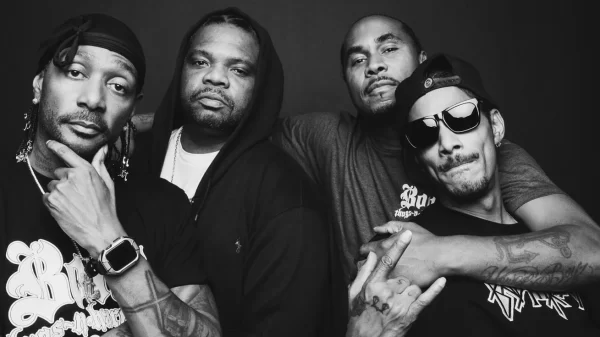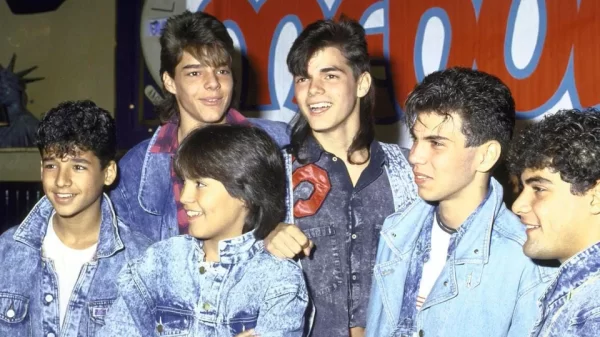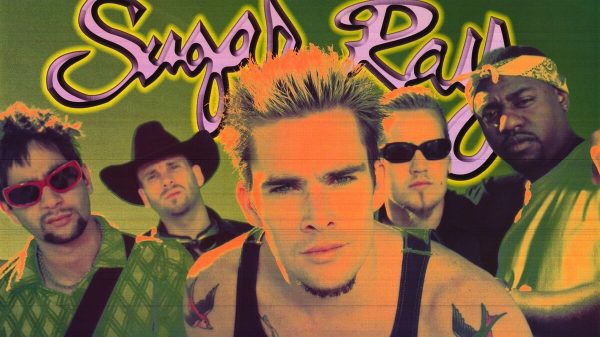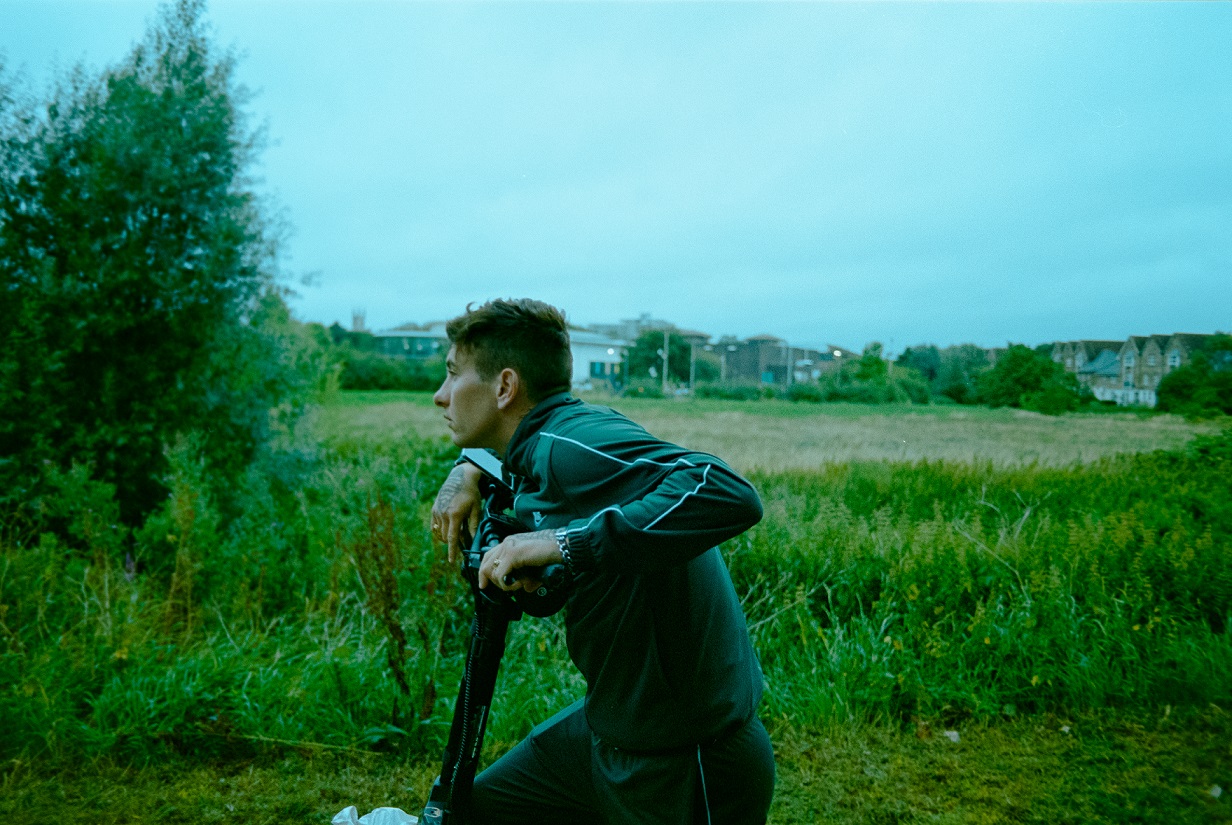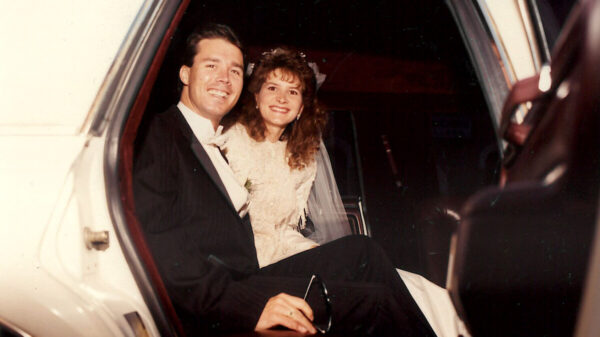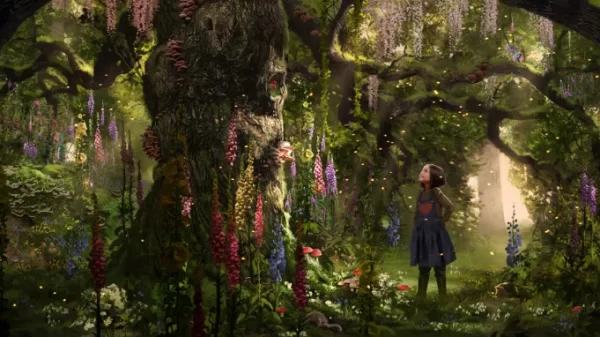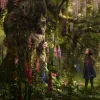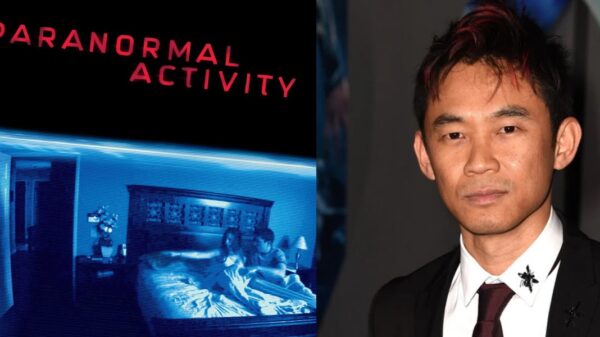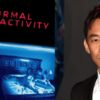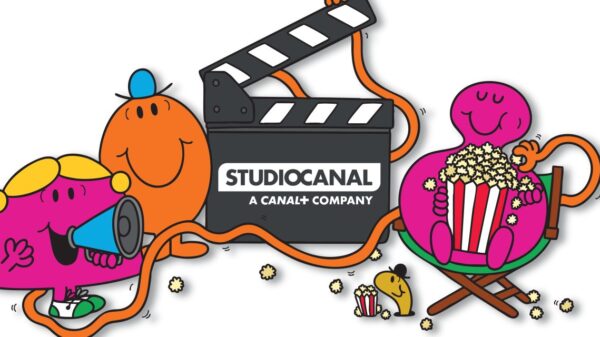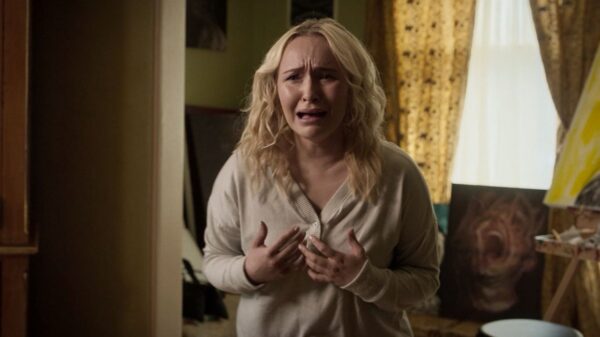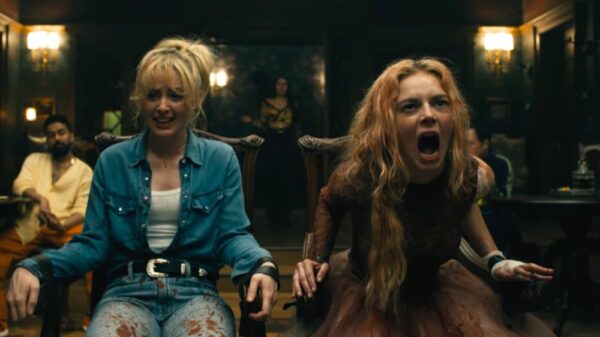Andrea Arnold’s latest cinematic venture, Bird, takes us on an emotional rollercoaster through the eyes of a twelve-year-old girl named Bailey, brilliantly portrayed by newcomer Nykiya Adams. Set in the gritty, graffiti-laden streets of northern Kent, the film explores the complexities of growing up amidst the chaos of a broken family system. Bailey lives with her father Bug, played by Barry Keoghan, a character of contradictions: a man-child with tattoos of various insects, dreaming up schemes like harvesting hallucinogenic slime from a Colorado River toad to fund his upcoming wedding.
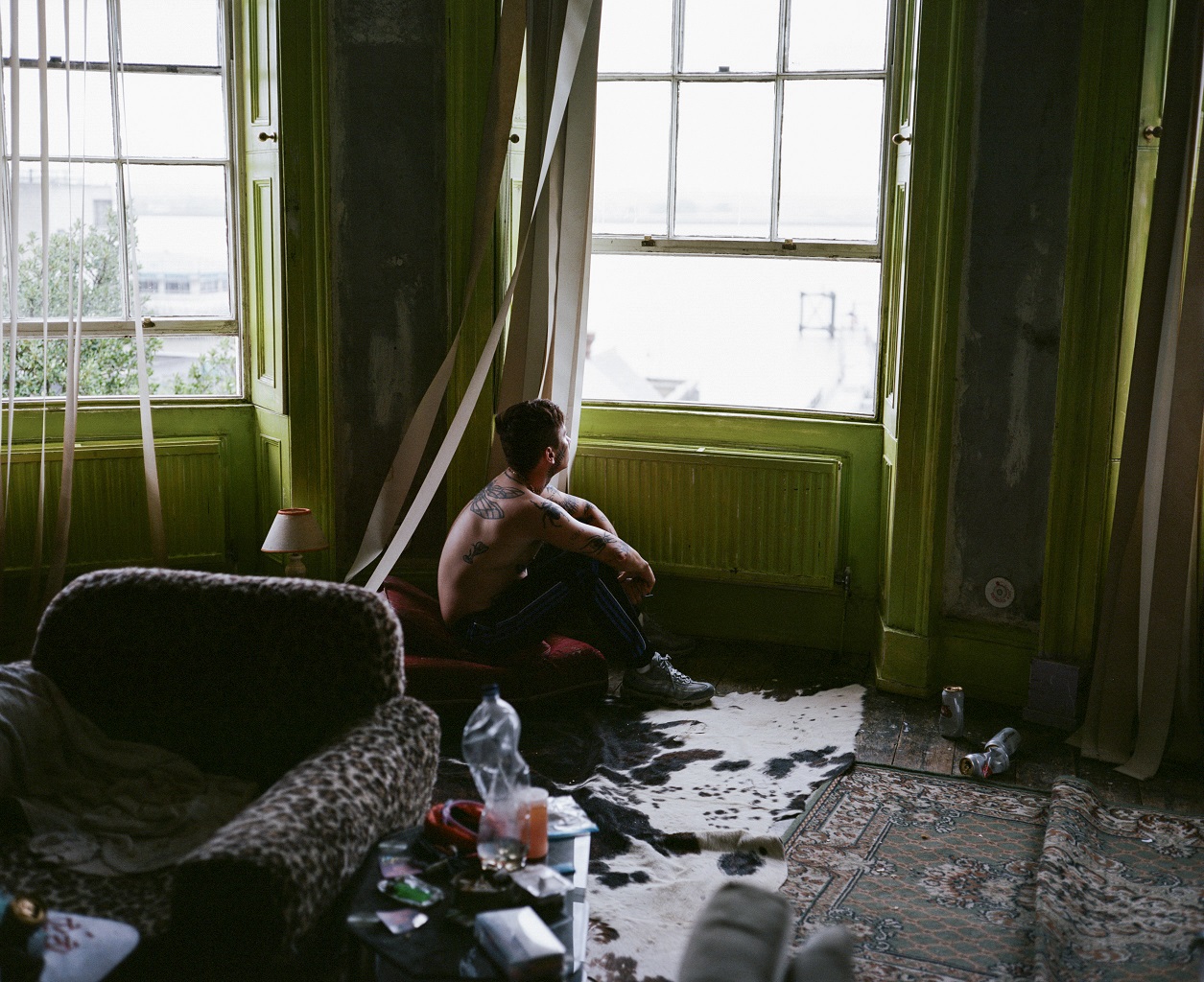
The film does not shy away from the harsh realities of Bailey’s life, where neglect and premature adulthood clash with the innocence of youth. Arnold, known for her raw portrayal of working-class life, captures the essence of a child’s perspective in a world where adults are often too self-absorbed to notice the degrees of childhood. Nykiya Adams delivers a performance that is both authentic and heart-wrenching, embodying the confusion and resilience of a young girl navigating through a maze of familial dysfunction. Her interactions with her father, Bug, are a dance of love and frustration, showcasing the complex bond between a parent who struggles to parent and a child yearning for something more.
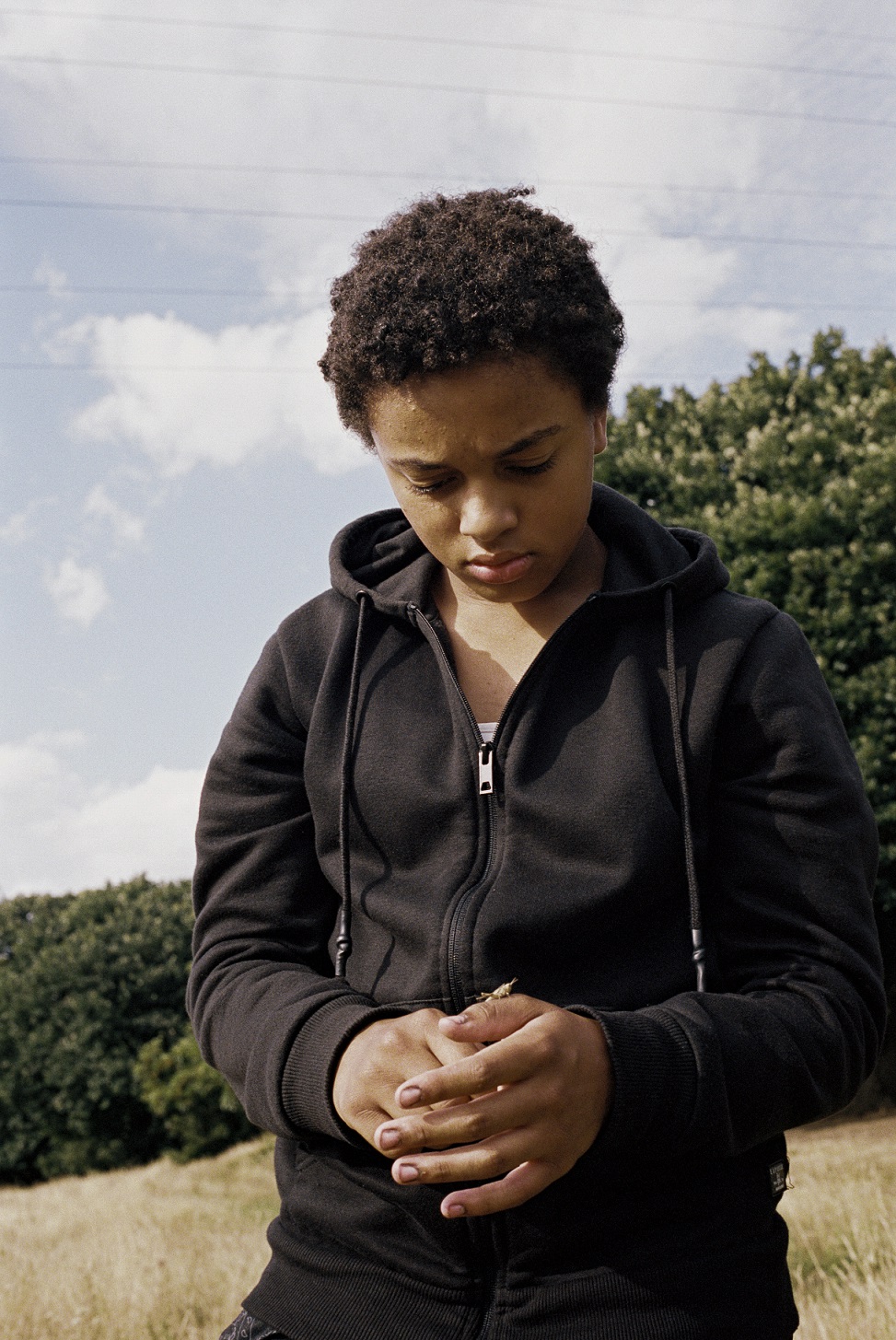
Barry Keoghan’s portrayal of Bug is a standout, bringing a chaotic charm and an underlying sadness to his character. His tattoos, including a massive centipede that snakes across his face and neck, are not just body art but a metaphor for the creeping issues that infest his life. The film cleverly uses these tattoos to reflect Bug’s inner turmoil and his attempts at escapism through his get-rich-quick schemes. Keoghan’s performance oscillates between comedic and tragic, capturing the essence of a man who is both a loving father and a lost soul.
The introduction of Bird, played by Franz Rogowski, adds an element of magical realism to Arnold’s typically grounded storytelling. This character, with his kilt and mysterious aura, serves as a catalyst for Bailey’s journey into self-discovery. Their interaction provides some of the film’s most moving moments, where the harshness of reality meets the whimsical possibility of change. However, the integration of this fantastical element sometimes feels uneven, occasionally pulling the narrative away from its core emotional truth.
The cinematography by Robbie Ryan further enhances the film’s atmosphere, scenes of Bailey wandering through fields or watching birds fly freely are shot with a poetic quality that contrasts sharply with the confined spaces of her home life. Sound plays a significant role in Bird, with a soundtrack that includes everything from pop to punk, reflecting the eclectic nature of Bug’s personality and the turbulent life of Bailey.

However, Bird does have one minor flaw. The magical realism aspect, although intriguing, could have been woven more seamlessly into the fabric of the story to avoid moments where the film feels it might be reaching for symbolism over substance. Despite this though, Bird shines as a coming-of-age story that doesn’t shy away from the darker corners of life. Arnold’s direction is empathetic, capturing the silent screams of a child’s soul amidst adult chaos.
Bird is a film that invites reflection on how we see and nurture the children among us, often lost in our own narratives. It’s a story that will resonate deeply with those who see the beauty in the struggle and to fly above one’s circumstances.
Email:neill@outloudculture.com
Socials: @neillfrazer

